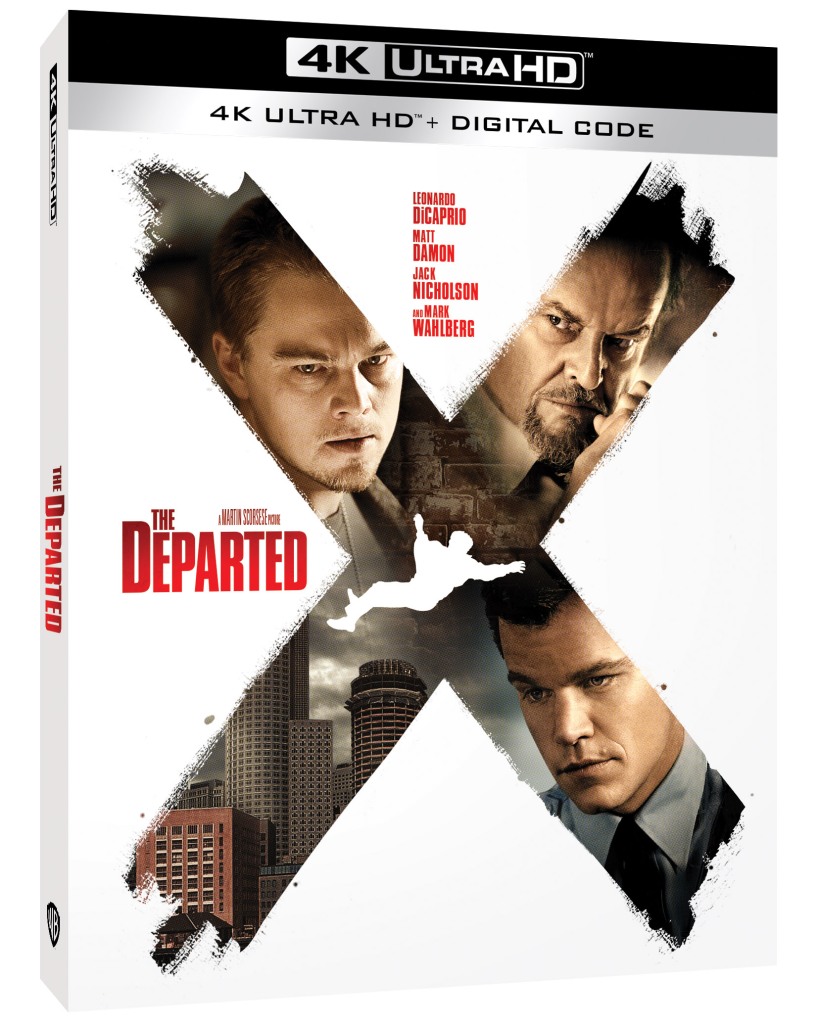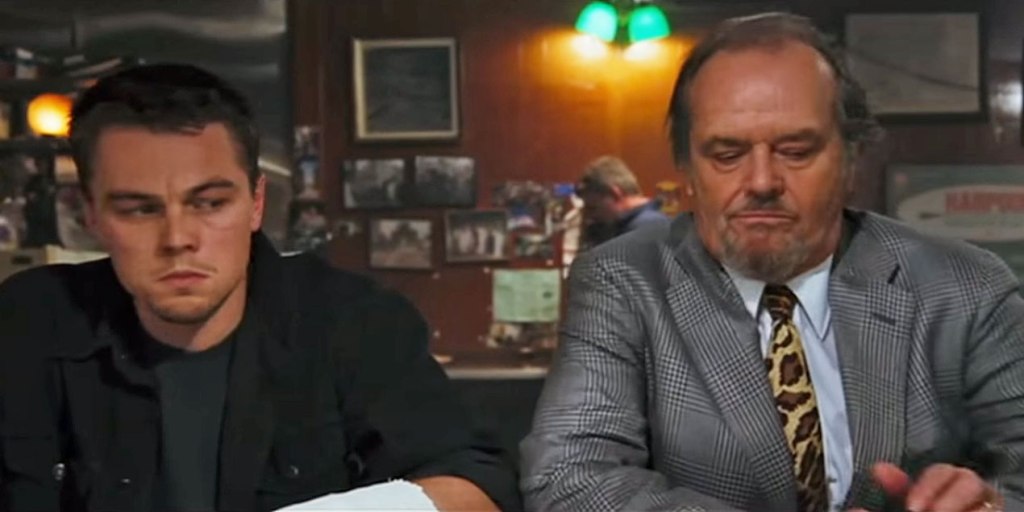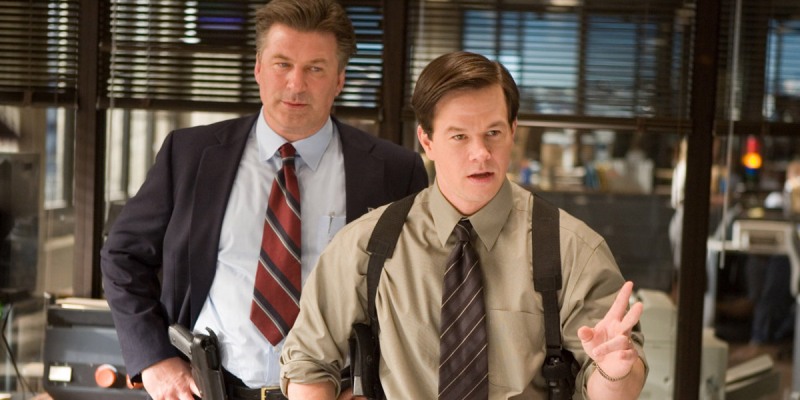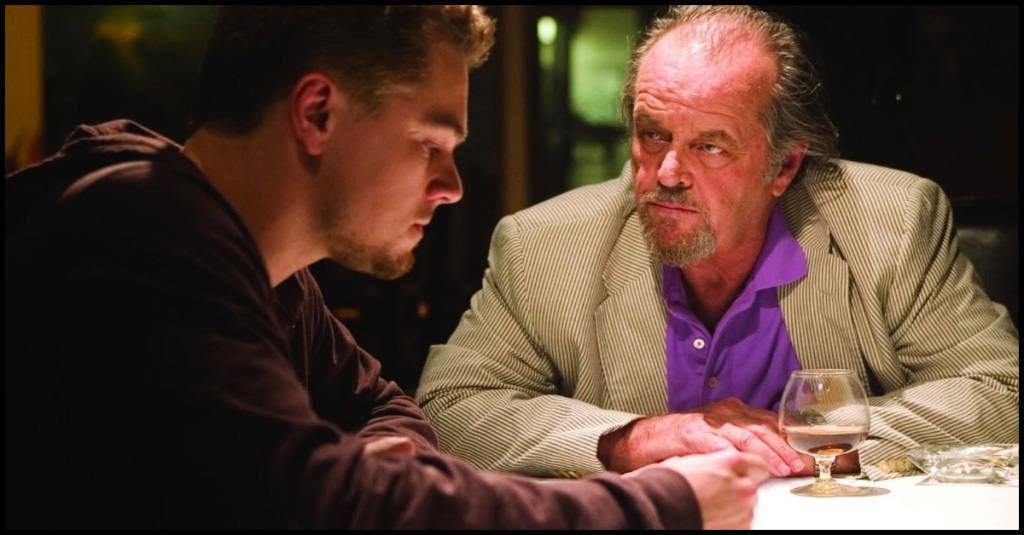‘The Departed’ Movie and 4K Review

The following review was written by Ultimate Rabbit correspondent, Tony Farinella.
When it comes to filmmaking, Martin Scorsese is not known for his brevity. His films are lengthy and complex. However, because there are so many moving parts that are interesting and layered, it rarely feels like a slog to sit through them. He also makes sure to assemble an all-star cast of some of the best actors in Hollywood so, as an audience, we are glued to the screen with each and every performance. It’s so hard to pick a favorite Scorsese film, as he’s trying to achieve something different and unique with each one. From an entertainment standpoint, however, I think “The Departed” might be the most thrilling movie he’s ever made. It was also the film which earned him his first and only Best Director and Best Picture Academy Award.
“The Departed” is initially set in 1980’s Boston and introduces us to a series of seedy and underhanded characters. The local Mob boss is named Frank Costello, played by Jack Nicholson. He befriends a young Colin Sullivan and buys him groceries, as he knows he comes from a struggling family. Fast forward to present day in the film, and Colin (Matt Damon) is now working on the inside for the Massachusetts State Police in their Special Investigation Unit. Frank is still the leader of the Mob, but he has even more power because he knows Colin will keep him in the loop when the police get too close to him.

Billy Costigan (Leonardo DiCaprio), a police academy recruit, is brought in to meet Captain Queenan and Sergeant Dignam, played respectively by Martin Sheen and Mark Wahlberg. Considering Billy’s family has a criminal record a mile along, they think he’s the perfect mole to go undercover and bring Frank down once and for all. In order for Billy to gain the trust of Frank, he needs to serve some time in prison and also commit some crimes with the help of his cousin, so his cover isn’t blown. However, Billy is starting to feel as though he’s living a double life and his mental health is suffering. This is when he meets Madolyn (Vera Farmiga), a police psychiatrist who is also currently dating Colin Sullivan. Needless to say, this is a messy and tricky situation for all parties involved.
The beauty of “The Departed” is that it keeps you guessing all the way until the finale. There are a lot of different characters and pieces of the puzzle here, but the film never feels overplotted or too complicated. It’s very engaging, well-paced and highly entertaining. As an audience member, it takes you on quite a ride from start-to-finish. Scorsese also takes his time in developing his characters, and he trusts his actors to put their own personal touches on their performances. There are so many standout performances here to choose from, but Nicholson and DiCaprio in particular are remarkable. Nicholson brings an unhinged charisma to his role as the mob boss while DiCaprio is tortured and powerful in his performance. As the old adage goes, “Do Your Job.” Everyone in this film knows how to do their job, and Scorsese gives them the platform to do their jobs to the best of their abilities.

The screenplay, which was written by William Monahan, is also able to keep the audience engaged and thrilled without ever feeling too gimmicky or implausible. These are well-written characters that are looking to stay alive and pull the wool over the eyes of those looking to bring them down. They have to stay one step ahead of the audience and also one step ahead of the characters in the film. “The Departed” is also a remake of the Hong Kong Film, “Infernal Affairs,” which I own as part of the Criterion Collection. I have yet to see that one, but I definitely need to check it out after having seen “The Departed” numerous times.
All in all, “The Departed” shows Scorsese at his best in a world he has inhibited many times in the past. This time, though, he has new players to work with. Of course, we are familiar with the Martin Scorsese/Robert De Niro films of the past such as “Casino” and “Goodfellas,” but it’s great to see him working with Nicholson for the first and only time along with Damon, Mark Wahlberg, and Alec Baldwin. Of course, his collaborations with DiCaprio have become legendary, but this was in the early stages of their working relationship, and you can see why they work so well together.

Hollywood has always had a fascination with crime movies and the characters who inhabit that world. Scorsese knows this world very well and how to make it accessible and fun for mainstream audiences. If I had to choose, my favorite Scorsese movies are “Raging Bull,” “The King of Comedy,” and “Taxi Driver.” However, as stated earlier, if you are talking about pure entertainment value and pure fun, it’s hard to deny the power of “The Departed.” Even eighteen years later, this film still captivates and engages with its words, its story, and its players. It only gets better and better with age. If you are seeing it for the first-time, you are in for a real treat.
* * * * out of * * * *
4K Info: “The Departed” is being released on a single disc 4K from Warner Brothers Home Entertainment. There is also a steelbook version of the film as well. Whether you pick up the steelbook or the 4K slipcover, you can’t go wrong with either copy of “The Departed.” It also comes with a digital copy of the film. It has a running time of 151 minutes and is rated R for strong brutal violence, pervasive language, some strong sexual content and drug material.
Video Info: This is a gritty looking 4K that is able to keep the dark and moody look of Boston and its seedy characters alive while also cleaning up the dirt and artifacts to make it look sharp and vivid. This is a solid 4K transfer. The HDR is a big improvement from the Blu-ray.
Audio Info: I would have liked a Dolby Atmos soundtrack on this 4K release, but as it stands, this is still a powerful audio transfer. At times, the music and the action scenes can be a little too loud as the dialogue is more leveled, but that’s a minor issue.
Special Features:
Guilt and Betrayal: Looking into The Departed (new)
Stranger than Fiction: The True Story of Whitey Bulger, Southie, and The Departed
Crossing Criminal Cultures
9 Deleted Scenes with introductions by Martin Scorsese
Should You Buy It?
When great films, Academy Award winning films at that, are available on 4K, you have to buy and add them to your collection, if you are a film collector. It is the only way studios are going to keep releasing these films on physical media. Now, more than ever, with more and more brick-and-mortar stores getting rid of physical media altogether, we have to purchase these films and add them to our collection. “The Departed” looks really, really sharp on 4K. There are the previously released special features from the Blu-ray along with a new special feature as well. This is a great film from the legendary Martin Scorsese being released in the best format possible to watch movies. This is a no-brainer in my book. You can’t go wrong with either the steelbook or the slipcover version of this film on 4K. This 4K of “The Departed” comes highly recommended!
**Disclaimer** I received a copy of this film from Warner Brothers to review for free. The opinions and statements in the review are mine and mine alone.








